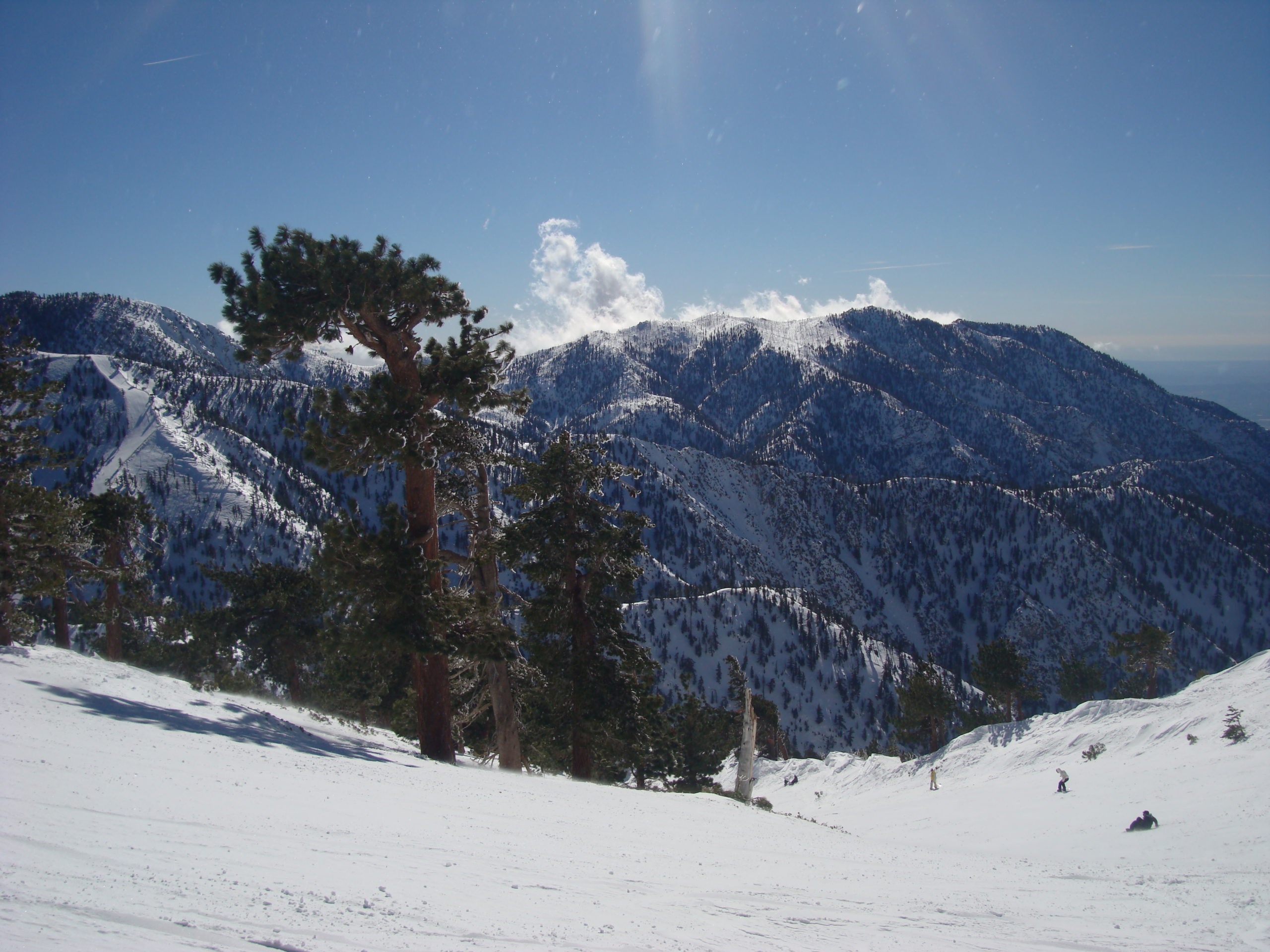Featured image credit: Eric T. Gunther
Jagged, snow ravaged peaks scrape frosty clouds; a steel gray contrast overpowering blue skies. Blankets of deceptively powdery snow, punctuated by puma prints, blanket thick, unyielding slabs of ice. Silence is broken by the cascading rustle of falling ice shards and frozen boulders gaining shudder-inducing inertia. No, we’re not in Nepal. Nor the snow-saturated peaks of Pakistan or China. We’re just over 40 miles from downtown Los Angeles. It’s the tallest peak in LA county, towering above the rest of the San Gabriel Mountains. And while its official name is Mount San Antonio, it’s been colloquially referred to as Mt. Baldy for as long as most of us can remember. Mt. Baldy is synonymous with day trips for adventurous Angelenos. It’s also been the site of over 100 search and rescue missions since 2020. And sadly, not all of them have been successful. Now, at the tail end of a particularly chilly winter, rescue crews are hoping to get the word out: Mt. Baldy is a serious mountain.
Update – July 2024:
Even outside of the colder months, Mt. Baldy tends to attract danger. This July, the Vista Fire caused extensive damage to portions of the mountain and its hiking areas. As a result of the fires, the following rides will be closed:
- Icehouse Day Parking
- Manker Flat Campground
- Mt. Baldy Rest Area Parking
- Mt. Baldy Station
- Mt. Baldy Village

In addition, the following hiking trails will be at least partially closed:
- Acorn Trailhead
- Bear Canyon Trail
- Devils Backbone
- Fish Creek
- Icehouse Canyon
- Mt. Baldy
- Mt. Baldy Bowl
- North Backbone Trail
- Pacific Crest Trail (PCT)
- Three T’s Trail
The closures are expected to last until Halloween 2024.
Update – May 2024:
If Mt. Baldy didn’t already have a reputation for danger, the last few years have certainly done some heavy lifting. In January 2024, Raymond Kopecky, an experienced hiker, fell to his death atop the mountain. In February 2024, 22-year-old Lisei Huang went hiking just before an immense amount of snow fell on the mountain. Sadly, her body was recovered a week later. But even without the frigid conditions, Mt. Baldy is proving to be a hike that Angelenos shouldn’t take lightly. On May 15, a mountain lion carried off a hiker’s dog which, unfortunately, was never recovered.
Everyone in LA Knows Mt. Baldy
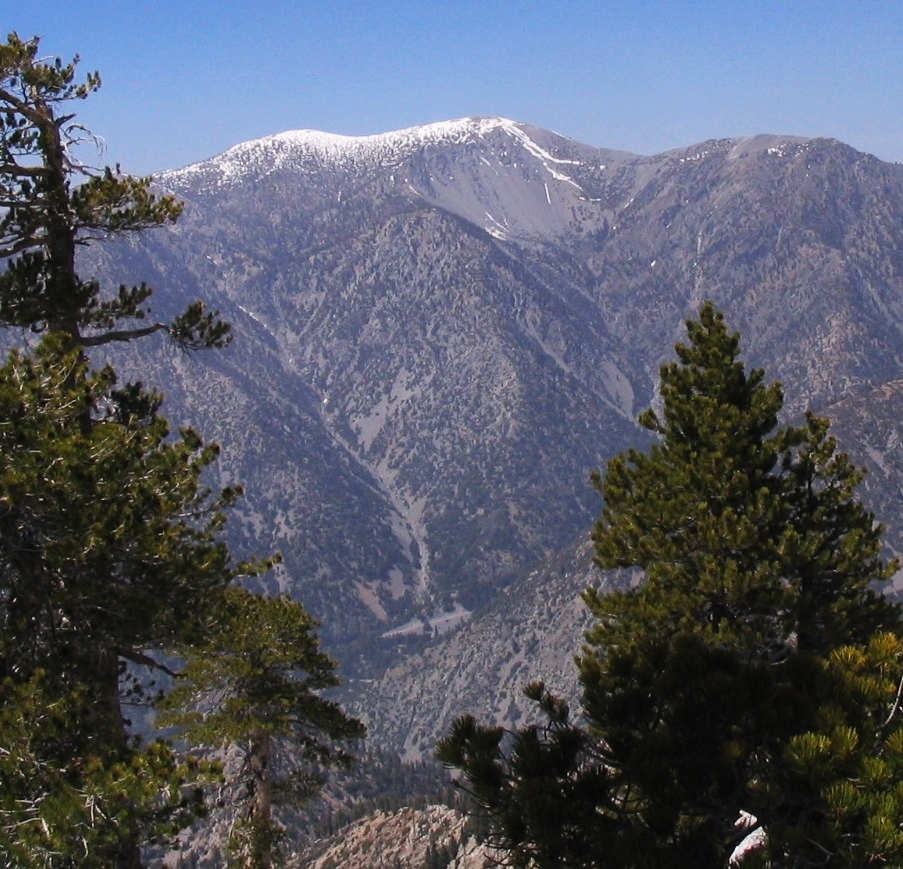
With its close proximity to the sprawling Los Angeles megalopolis, Mt. Baldy seems deceptively safe. There’s a popular misconception that the average Angeleno can simply drive an hour and hike the snowy edifice as if it were a Griffith Park or Runyon Canyon trail. But experienced climbers are more likely to recognize the inherent dangers of Mt. Baldy.
It is, in fact, one of the deadliest summits in the United States, trailing only Mt. Washington and Mt. Rainier. It’s no coincidence that these mountains also closely skirt metropolitan areas; Gorham and Seattle respectively.
Towering over 10,000 feet above the Greater Los Angeles area, Mt. Baldy is a familiar presence for every Angeleno. The breathtaking snowcap we see from afar does little to illustrate the iconic crag’s precariousness. Yet this winter has made those dangers a little clearer.
What Lies Beneath the Snow
During the warmer months, Mt. Baldy offers a challenging hike. Still, casual hikers can make the climb without investing in any special gear. The winter is a different story. And as any Angeleno can tell you, this winter hit different. With storm surges more frequent and severe than average, Mt. Baldy has been blanketed with feet of soft snow.
These conditions alone aren’t leading to the surge in search-and-rescue missions we’ve seen this season. It’s often what’s beneath the snow that’s really dangerous. Thick plates of ice have been forming under the snowfall, destroying unprepared hikers’ attempts at gaining traction.
Even veteran hikers who have conquered Mt. Baldy in the past have found difficulty with these hidden ice slabs, triggering search-and-rescue missions. Many climbers are arriving without proper gear. And those are often the knowledgeable ones who have reached the peak before. The complete novices are frequently turning up to the mountain with no gear at all.
The Unique Hazards of Mt. Baldy
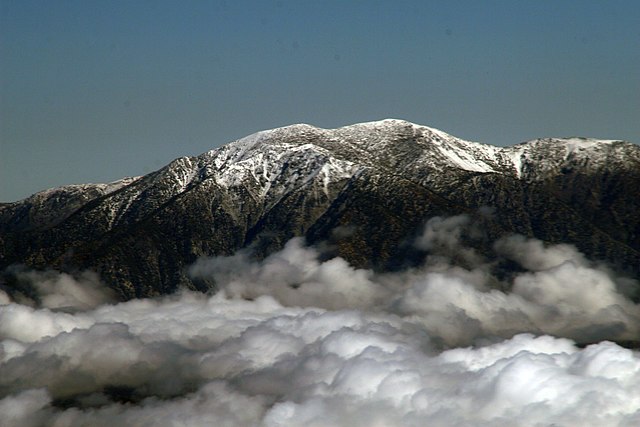
But ice slabs are just one of this season’s extreme hazards. Los Angeles county has a rare climate that, when combined with the topography of Mt. Baldy, can create rapidly shifting conditions.
When the sun is obscured, ice forms in the shadows. When the sun hits that ice, it thaws into frosty falling projectiles. With just a bit of inertia, these tumbling blocks can severely injure and even kill hikers and climbers.
This has rendered the pass beneath the Baldy Bowl a particularly harrowing stretch. Then, there’s a near constant danger of losing footing only to slip down the many cliff faces, ravines, and other steep drops that frequently flank the trail.
Rescue Isn’t Always an Option
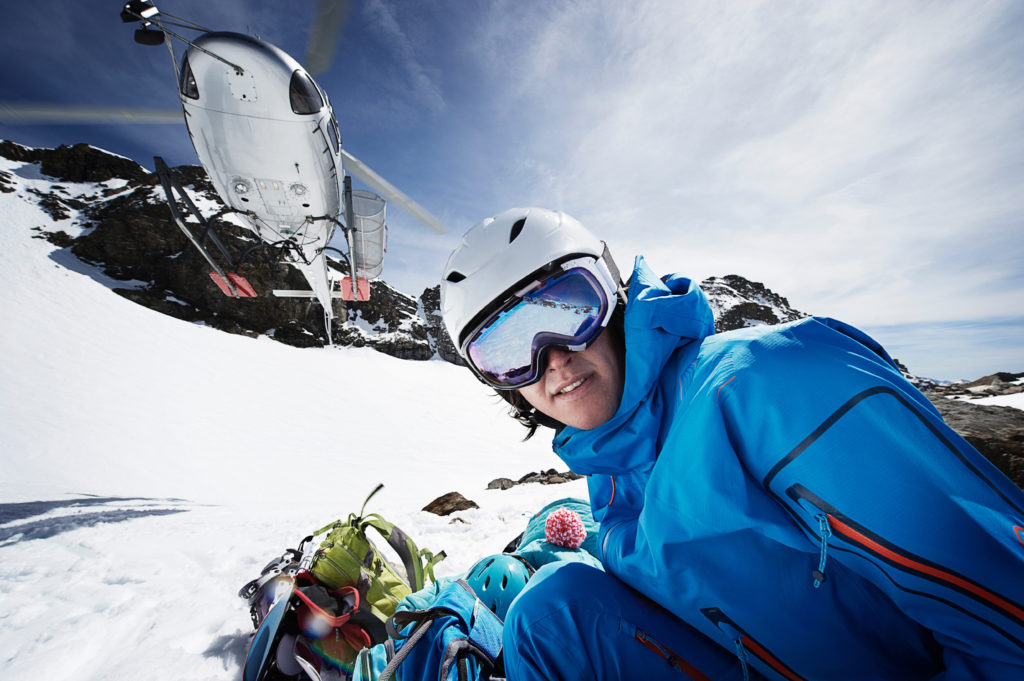
Just since November 1, 2022, 19 search-and-rescue missions have been launched up Mt. Baldy. Thankfully, most have been successful. But rescue isn’t always an option.
An average rescue attempt demands a small army of volunteers, members of the local Sheriff’s Department, specialized equipment… and often the use of a helicopter. Conservatively, such an effort costs somewhere to the tune of thousands of dollars an hour. On some missions, you could easily multiply that figure by 10.
While Mt. Baldy seems close to the city, it’s remote enough to prevent solid cell reception. That’s if you can find reception at all. Therefore, it’s unfortunately common for hikers to be stranded in the snowy conditions of Mt. Baldy for hours before they’re even reported missing. And it can be days before rescue teams get them off the mountain. Then, there are the hikers that never make it back.
The Lost Hikers

Of the 100 search and rescue missions to Mt. Baldy recorded since 2020, six have concluded with confirmed fatalities. Two of those deaths, both hikers that succumbed to injuries sustained in falls, number among those 19 missions launched since last November. And an additional two of those 19 remain missing.
Among them is British actor Julian Sands, an accomplished climber who never returned from an excursion to Mt. Baldy on January 13. Sands is the most recognized name of Mt. Baldy’s disappearances due to his celebrity status.
Having acted in renowned films such as Leaving Las Vegas and A Room With a View alongside cult classics like Boxing Helena, Sands’ fans were disturbed by his sudden apparent loss. This was juxtaposed against a quote in English periodical The Independent in which he envisioned his happiest moments as “close to a mountain summit on a glorious cold morning.”
Update: Sadly, human remains found on June 24, 2023 were confirmed to be Sands’.
Microspikes Aren’t Enough
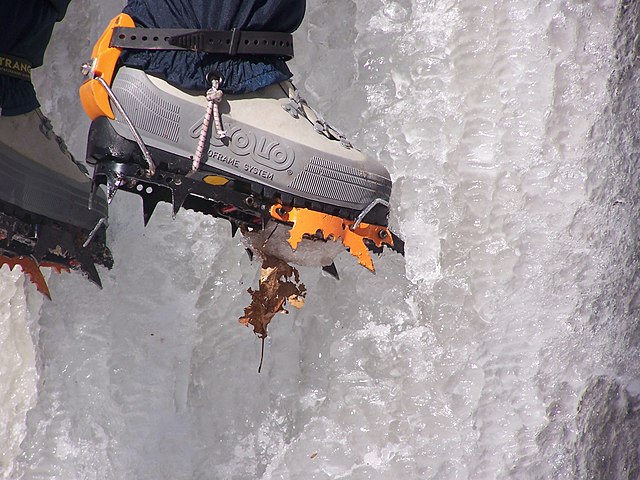
Search-and-rescue volunteers know it’s a tall order to ask Angelenos to simply avoid Mt. Baldy until the ice melts. Instead, they are pleading with hikers to not only purchase the proper equipment, but to educate themselves on how to use it.
Several hikers are investing in microspikes. And, since they’ve been adequate in the past, it’s hard to blame them. But with the hidden slabs of ice beneath the snow blanket, microspikes aren’t cutting it this year.
Experienced mountaineers are suggesting heavier duty crampons instead of microspikes. But sometimes crampons aren’t even enough. One hiker plunged to his death after the soles of his boots gave way, twisting a crampon out of place. And climbers have noted that there are portions of the climb with ice slabs too thick to be adequately penetrated by the crampons.
Mt. Baldy Doesn’t Respect Experience
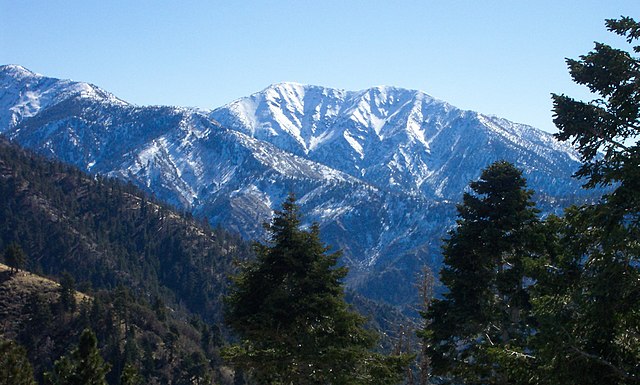
Unfortunately, that old adage about LA being a city where you can go to a sunny beach and a snow covered mountain in the same day may be contributing to the underestimation of Mt. Baldy. Experienced climbers number among the missing or dead almost as frequently as novices.
A couple who were recently rescued from the icy crag claimed to have reached the summit around a dozen times. One of the recently deceased, regularly referred to as “the hiking queen” on social media, had conquered the mountain before. Yet, she lost her footing, resulting in a 500-foot drop. Even then, she was reached by rescue workers. But as cloud cover rolled in, the rescue was delayed and she succumbed to her injuries.
Don’t Mistake Mt. Baldy for Anything But a Deadly Mountain
Mt. Baldy isn’t a Tik Tok challenge or scenic spot for Instagram influencers. It’s a dangerous mountain with rapidly changing conditions. And it just so happens to be situated a stone’s throw from one of the biggest cities in the country. If you absolutely have to go to Mt. Baldy, at least understand what you’re getting into. Because even seasoned mountaineers are climbing up, never to return.

